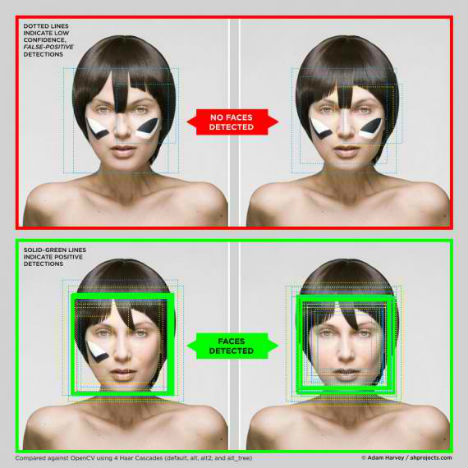Proposal
Workshop of 4 hours composed by 2 sessions:
-
a discussion
-
hands-on prototyping
TITLE: “Uniforms: habit and belonging”
Starting from the “Habitus non facit monachum” principle (“It’s not the gay coat that makes the gentleman”) we’ll examine the main reasons why uniforms became useful in history, what are uniforms today, and outline which concept subtends unMonestary habitus. In the second session we’ll explore simple techniques of garment construction to start tracing some possible prototypes to be shared and discussed among a larger group of members.
Who should attend: anyone who is interested in reflecting on the specific aim of proposal and preferably is not afraid of putting her hands at work.
Why I propose this activity: I’ve been running a similar (but longer) workshop in Geneva within Serpica Naro Collective some years ago and the results made me think that it would be worth doing it at LOTE.
In that occasion, we prototyped a uniform called MULTIFORMA. I also worked on other project on open design, rapid prototyping and alternative fashion systems.
You can find more info and pics about the MULTIFORMA event in the following links:
“Uniforms have always been carries of messages highlighting the collective identity and eclipsing individual subjectivity- In religion, uniforms express virtue, in armies bravery and obedience, at work, hygiene, order, status. All uniforms have the aim to provide an individual with sameness within a collective, while at the same time making her or him distinct from the members of another collective.”
http://www.serpicanaro.com/production/multiforma-from-workshop-to-pattern
http://www.serpicanaro.com/lab/geneve-uniforme-2009
Below some interesting quotes from different texts to inspire you:
“The Roman Catholic Church— which split from the Orthodox Church of the Byzantine Empire in 1054 was at the height of its power during this period. To most western Europeans, the popes in Rome were God’s representatives on earth.They dressed in splendid robes and jewels, and wore a kind of crown as a symbol of their power […] By the time of Pope Benedict XII (died 1342), the tiara was ringed by three crowns, arranged in tiers. […] Some objected to the earthly riches of the Church and preferred to live their lives in spiritual retreat. From the tenth century onward, these monks and nuns formed different “orders,” communities devoted to a religious life.The orders favored very simple dress and each had its own uniform.”
(History of Fashion and COstume, Medieval WOrld, volume 2)
"Monastic rules are the first texts of Christian culture in which clothes acquire a completely moral meaning. Until that moment, in fact, cleric was not distinguished by his dress from the other members of the community.
Monasticism transformed clothing into habitus, rendering it indiscernible from a way of life and consequently different from secular habit."
As only during Council of Trent in the middle of 16th century Council of Trent - Wikipedia that clergy garments were universally determined.
“Wearing the habit confirm this choice, making it visible and enforceable, but this is not strictly essential. […] Some who wear habits are not entitled to them: they are wolves in sheep’s clothing. […] Virtue can be judged only by direct observation of a person’s way of life, while religious garments are useful for the reason in support of school uniforms: they promote group cohesion, eliminate visible differences between persons of different social origin, and distinguish insiders from outsiders.”
(Imagining an English Reading Public, 1150-1400, By Katharine Breen)
“To inhabit together thus meant for the monks to share, not simply a place or a style of dress, but first of all a habitus. The monk is in this sense a man who lives in the mode of “inhabiting”, according to a rule and a form of life. It is certain, nevertheless, that cenoby represents the attemp to make habit and form of lige coincide in an absolute and total habitus, in which it would not be possibile to distinguish between dress and way of life. The distance that separates the two meanings of the term habitus will never completely disappear, however, and will durably mark the definition of the monastic condition with its ambiguity.”
(The Highest Poverty: Monastic Rules and Form-of-Life - By Giorgio Agamben) Thanks to BEN Vickers for this book suggestion .



